636 SE 11th Ave.

INTRODUCTION


Mix flour and water in a bowl and let it sit on your kitchen counter. Within days it will start to bubble. This is sourdough.
Fermentation happens. It is the path of least resistance. Yeast and bacteria are everywhere, in every breath we take and every breath we take and every bite we eat. Try as you might to eradicate them with antibacterial soaps and antibiotic drugs, there is no escaping them.
These microbial cultures populate our digestive tracts and play a critical role in breaking down the food we eat. They are ubiquitous agents of transformation, feasting upon decaying matter, constantly shifting dynamic life forces from one miraculous and horrible creation to the next. We humans are in a symbiotic relationship with these microscopic living beings. Without them life could not be sustained.
Certain microbial organisms can be harnessed to manifest extraordinary culinary transformations.
Fermentation gives us beer and wine, as well as bread, yogurt, miso, sauerkraut, tempeh and countless other exotic delicacies enjoyed by cultures around the globe. Fermentation is so widespread because it preserves and enhances the foods it alters.
In this booklet I explain simple methods for a variety of fermented foods. My focus is on basic processes of transformation. These ancient rituals have been conducted for many generations. To me each ferment is magical and filled with mystery. I am not a scientist intent on distinguishing the microbial agent or identifying the specific enzymatic transformations it causes. Nor am I a technician interested in sterile environments or maintaining exact temperatures. I live deep in the woods, off the grid, and I cook in a communal kitchen that I share with twenty other peopleheated in winter by a wood stove with no thermostat. Though the home brew and winemaking books emphasize chemical sterilization and exacting temperature control, all the basic fermented foods predate such technology and can be done low-tech.
The title is Wild Fermentation. Wild fermentation involves creating conditions in which naturally-occurring organisms thrive and proliferate. Wild foodsmicrobes includedpossess great power, some direct unmediated force of the rhythms of the earth. I like to tap into this power by eating weedsincluding roots with the soil still clinging to it, hunting for berries and fermenting sauerkraut and sourdough and sour cream. But I also love the fruits of cultivation. Ive included several fermentation processes that involve obtaining specific selected cultivated cultures. Each of these came to be out of a wild ferment that occurred in some unique place and set of conditions.
I am writing these techniques down so I can share them with other folks who like to do it themselves in the kitchen. I am less an expert than a self-taught fetishist. In our kitchen at Short Mountain Sanctuarybubbling science projects clutter every horizontal surface. Many of the projects are ongoing, as we develop a symbiotic rhythm with these tiny fermenting beings, feeding them regularly so that they feed us regularly.
I am carrying on a long continuous tradition of nourishing people with good wholesome food. My father, Joe Katz, a lifelong gardener and the son of a gardener, is endlessly creative at lavishing guests with his gardens bounty; my mother, Rita Ellix, was a lover of fine food who taught me basic culinary skill and aesthetics; my grandmother, Betty Ellix, tirelessly prepared the foods I think of as my cultural heritage. I am proud to be following in their footsteps. I firmly believe that the energy and love we put into food adds infinite nourishing qualities to what we prepare. Nourishment is a path of healing and service, that we can follow and readily share with others.
Live unpasteurized fermented foods have extraordinary nutritional value. They feed the bacteria which broke them down directly into your digestive system, where they keep breaking down food, aiding digestion and nutritional absorption. Nutritional supplement folks call these organisms probiotic, a play on the word antibiotic, and there is a huge market for probiotic supplements. But whatever a capsule can feed you, a regular variety of live fermented foods can feed you infinitely better. These foods are also abundant in vitamin B-12, which is particularly hard to come by in vegetarian food. But nutritional factoids are extraneous. Taste some miso soup or fresh kraut and your taste buds will tell you that this is something your body needs.

 SAUERKRAUT
SAUERKRAUT

It all started with sauerkraut. Id loved it as a kid in New York City, frequently chowing down on street vendor hot dogs, always with mustard and kraut. My dad told me it had been dubbed liberty cabbage when he was a kid and the U.S. was at war with the krauts. I also loved it on reuben sandwiches, classically corned beef, thousand island dressing, sauerkraut with cheese melted over it all. When I stopped eating such mysterious and unsavory processed meat products I ended up not eating much sauerkraut.
That is, until I hooked up with macrobiotics, a dietary ideology and practice that I adhered to for a couple of years. The regime is restrictivemostly grains and vegetables and legumes, prepared in simple ways. Macrobiotics emphasizes the health benefits and in particular the digestive stimulation provided by live unpasteurized sauerkraut and other brine pickles. I started eating sauerkraut near-daily and have been making crock after crock of the stuff for almost two decades, earning the nickname Sandorkraut.
Sauerkraut is easy to make:
Ingredients for one gallon:
Cabbage (approximately 5 pounds)
Sea salt (approximately 3 tablespoons)
Special Equipment:
Ceramic crock or food-grade plastic bucket. Cylindrical shape is whats important.

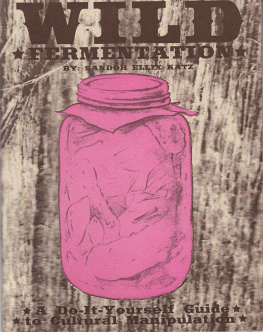
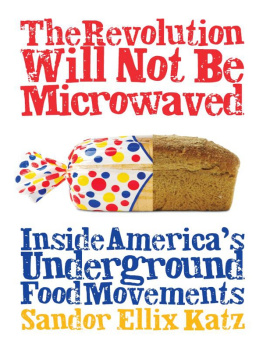
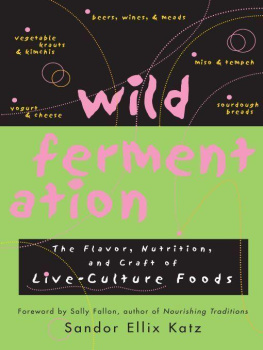


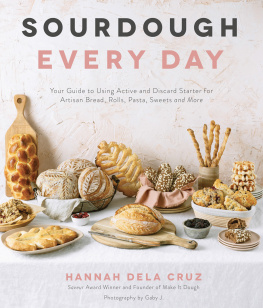
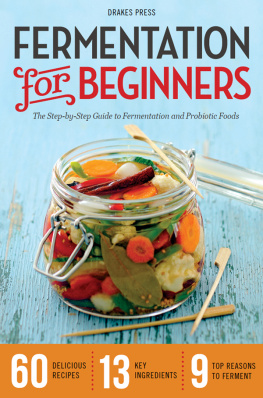
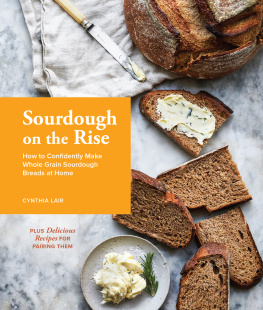
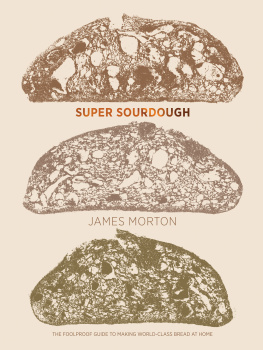
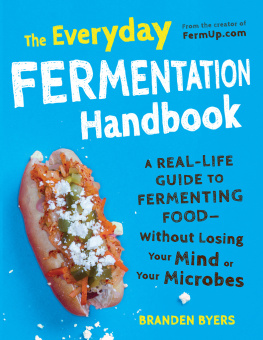


 INTRODUCTION
INTRODUCTION 


 SAUERKRAUT
SAUERKRAUT
